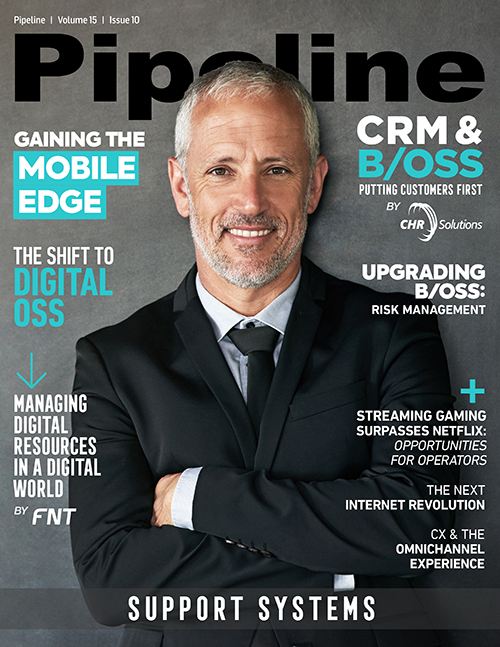Understanding the Internet Revolution
As in the arc we see in Internet 1.0 history, the rise and fall of cloud companies will be the norm, measured by the ‘adaption rate.’ Since Internet 2.0 is in its formative stage, hybrid cloud strategy is recommended. Many major cloud companies are expanding their cloud data centers, further enhancing cloud data center efficiency and operation. Edge computing effort is very active as a way to bring the cloud closer to users. Hybrid networking, in combination with traditional network, software defined network (SDN), and network function virtualization (NFV), expands cloud topology to achieve meshed cloud. Thus, one can see that the distance between end user and cloud is going to determine the maturity of Internet 2.0.
Yet, we still must keep in mind that all revolutions are built on top of previous revolutions. For Internet 2.0 to continue evolving, it must utilize the underlying the meshed network while it builds its own cloud mesh topology. We can see companies such as Microsoft exhibiting this behavior in, for example, Microsoft ExpressRoute. Google and Amazon also recognize the changes and offers Virtual Private Cloud interconnections to build towards a meshed cloud topology.
Another way that Internet 2.0 promotes better user experience and relationship is through cloud applications. Cloud provides a platform for new applications and ideas to touch human life. With the matured meshed network, cloud applications can powerfully influence human society. The openness, always-on, and integration of cloud enables industries to make noticeable progress in Big Data, Machine Learning, and Artificial Intelligence. By overlaying data together, we can extract more value than sum of individual data sets and, with AI-assist, we can gain insight and experience faster than through traditional learning methods. Cloud also pushes operational cost and efficiency beyond what traditional data centers can offer. Because of this reality, owning a data center will no longer be an advantage. The cloud-provider-to-user relationship that rose from Internet 2.0 is another key component necessary in adapting to the digital future.Internet 3.0: Meshed Neural Network
Internet 3.0 presents the improvement of AI technology—specifically the Meshed Neural Network. We are at an early stage in the development of the meshed neural network, which requires mature AI technology capabilities and meshed cloud to provide required compute capacity. Today, AI is the most-used phrase in technology, for it grabs the audience’s attention despite the fact that not much “real” AI technology is currently being used. Nonetheless, the majority of current AI systems are simple systems without a feedback loop. A mature AI system is an enhanced system with feedback loops. In simple terms, it is:
Simple Act + Risks = Enhanced Act (Walk + Falling = Run)
Most robots are designed to walk straight up, so all the energy is focused on driving the motor to make the robot to move forward; this is a simple system. There are only a very few robots designed to manage falling risks, so the energy is used to manage and balance the robot’s center of mass to achieve the desired moves; this is an enhanced system. To avoid total disaster, enhanced systems must have feedback loops and be able to process sensor data in real-time. Apply the enhanced-system-with-feedback-loops concept to an application function or unit and it is called ‘neural cell.’ Most of our application functions are simple systems, single-input and single-output; that is the reason we design oversubscription and timeshare features in compute infrastructure. When we step into the era of enhanced systems with feedback loops—once an enhanced application system is enabled—feedback loops will keep that application always running; it requires constant cloud compute resource assignment and, therefore, cannot be oversubscribed and time-shared. Currently, we can see the beginning stage of application transformation from traditional application platforms to server-less, container, and microservice technologies. This evolution of application platform technology will be mainly driven by meshed cloud evolution and AI systems thinking. This Internet 3.0 stage of Internet Revolution is very powerful and almost limitless, on both sides of the extreme.
Navigation and Survival
Each Internet era has provided crucial information to advance to the next era. It is important to note, however, the weaknesses as well as the strengths. When Internet 1.0 started, the focus was to get connected. Thus, TCP/IP and HTTP protocols were focused on transport but not security. At that time, you must recall, privacy was not even a concern.



















